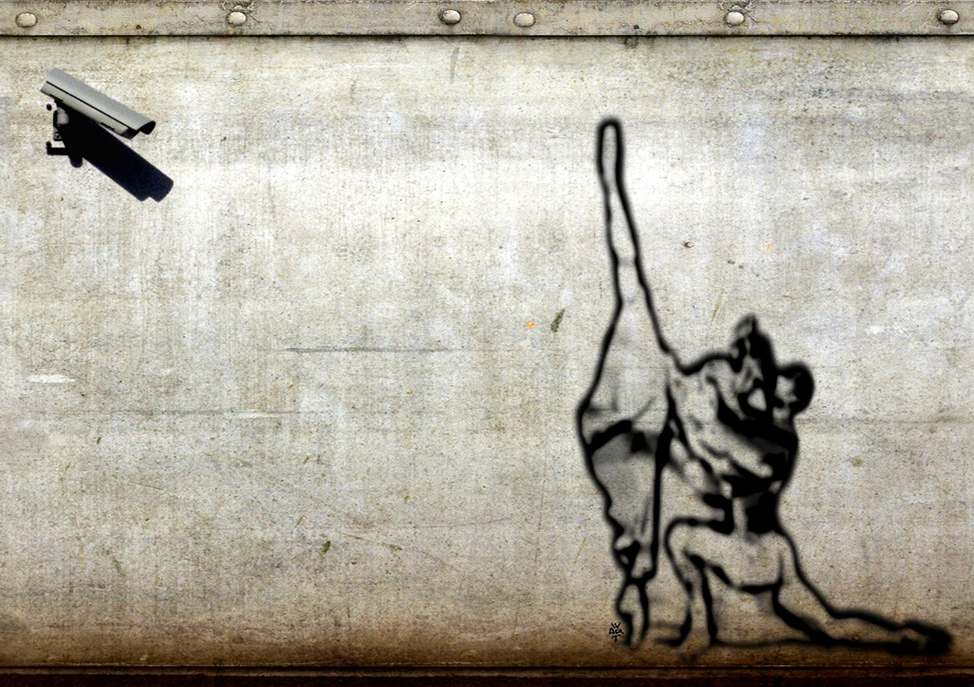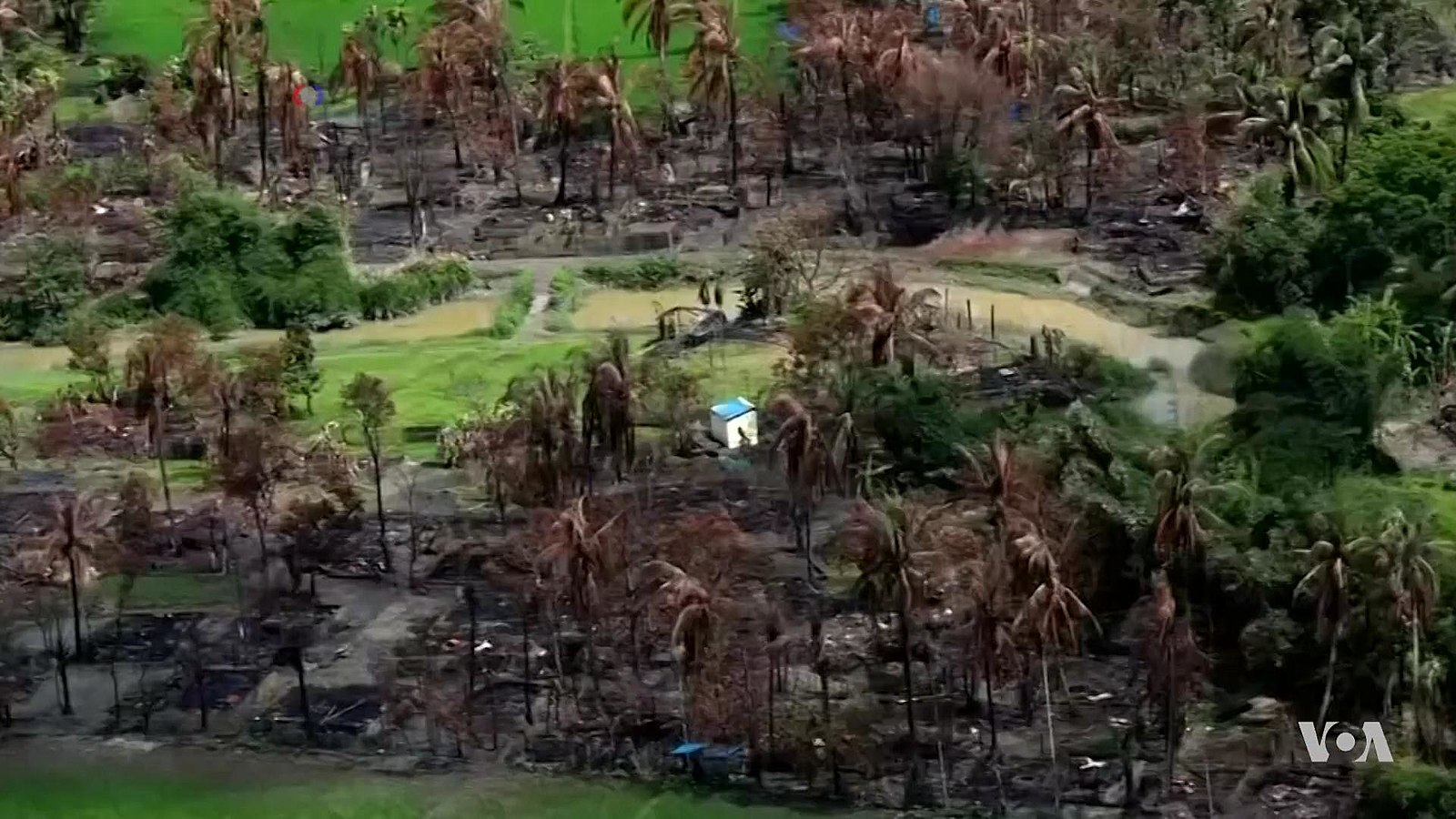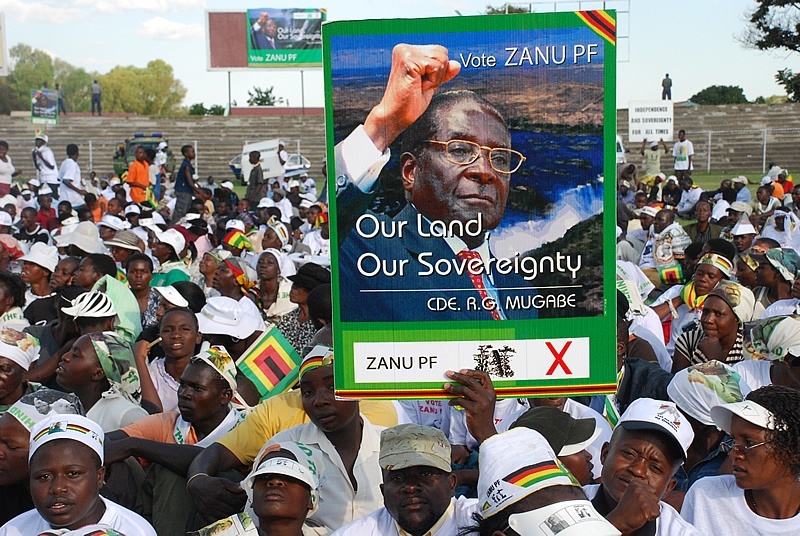This is the first part of a two part article focusing on gender surveillance analyzing the effects of online and offline surveillance on women and illustrating the ways in which discrimination and sexism are perpetuated as a result.
A 2017 report by the human rights organization Privacy International reveals that many of the challenges women face in their day-to-day lives are connected to privacy and surveillance. The word surveillance is rooted in the French verb ‘surveiller’ which means to watch over. Surveillance can be defined as the focused, organized, and routine attention to personal details in order to influence, control, or protect. Surveillance is directed at individuals, is based on protocol and techniques, and appears as a normal component of everyday life in societies with bureaucratic administrations and information technology.
As surveillance systems are multiplying and increasing in scope, so are their control over women’s lives. The Privacy International report emphasizes that “surveillance itself is a tool of patriarchy which controls and limits the exercise of fundamental rights and freedoms offline and online.” Surveillance influences women’s actions by invading their social and political spaces. It impedes women from determining their own actions and overseeing their autonomy.
Technology can be used to challenge gender inequalities but it can also perpetuate discrimination against women. This article examines how surveillance systems exacerbate these inequalities by affecting women’s behaviour.
Being a citizen in the age of extreme surveillance
In the name of security, modern states have imposed additional systems of monitoring and surveillance that increase the power of the state over the individual. Surveillance devices have also played a major role in influencing and intimidating citizens, according to Giorgio Agamben, an Italian philosopher. Agamben states that the use of technological tools blurs the boundaries between public and private spaces. A monitored space is no longer an ‘agora’ or a gathering place, but a ‘grey zone’, i.e. a contested and ambiguous area. Modern societies have created control-based states where true democracy has given way to the restrictions of political expression.
With regard to the effects of surveillance tools on women, Torin Monahan, a professor of Communication Studies, argues that in the United States “state-sponsored video surveillance in public places, for instance, inordinately focuses on spheres dominated by poor and minority women, such as the public transportation system […].” Surveillance tools aim to control and discipline not only criminals, but also the poor and minorities, consequently crystallizing social inequalities.
In Pakistan, the rise of digital technologies has led female journalists to experience new forms of gendered surveillance. Not only does the state monitor women but so do private actors and public audiences by using sexualized threats to intimidate women journalists online. The internet often reinforces patriarchal dominance by serving as a space where it is possible to target and restrict women’s freedom of expression.
Digital Rights Foundation, which defends online freedom of expression and the privacy rights of women, minorities and dissidents, published a study focusing on the stories of seven Pakistani female journalists. The disappearance of Zeenat Shahzadi in August 2015 raised awareness about the danger that female journalists are forced to deal with. The authors identify two forms of surveillance faced by women in Pakistan coming from the state and audiences, respectively. Audiences include private citizens, supporters of political parties, religious groups, and militant organizations. Kiran Nazish, one of the seven women interviewed, discloses that many women do not even realize they are under surveillance unless someone provides them access to collections of their own personal data. Nazish also shares the fact that she chose not to publish a story about surveillance in Pakistan because of online threats. Some journalists believe that offline and online surveillance are intrinsically linked, and state agencies seem to prefer using psychological techniques as a way of controlling women as opposed to the traditional means used to control men such as physical abduction or torture.
Sarah Eleazar, another journalist from Pakistan, argues that gender surveillance is rarely questioned since there are fewer female journalists, which makes them a weaker and a more visible target. Women’s sexuality is another way to silence and intimidate them and the state typically exerts more intrusive surveillance when journalists investigate contentious issues. For example, female journalists are subjected to anonymous phone calls, emails, and computer hacking. Moreover, the state and individuals use intimidation through sexualized threats or exposure of the journalists’ personal life. Ramish Fatima, another journalist interviewed for the study, explains that fake Facebook accounts were created with her name and photo in order to ruin her reputation. Gender surveillance has detrimental effects on female journalists as they experience paranoia, fear, trust issues, and exclusion. For instance, Saba Eitizaz says that “social surveillance online has sometimes had a tremendous psychological effect on me and I felt violated.” As a result, many female journalists explicitly avoid writing about sensitive topics such as security issues in Pakistan.
The Internet is often used to harass, intimidate and control women and girls. A UK think-tank, Demos, for a 2014 study on misogyny on twitter, collected tweets containing the words ‘rape’, ‘slut’, and ‘whore’ and revealed that, “there was a high proportion of ‘casual’ misogyny. Approximately 29 percent of the ‘rape’ tweets appeared to use the term in a casual or metaphorical way, while approximately 35 percent of the ‘slut’ and ‘whore’ tweets appeared to use the term in a casual or metaphorical way.” In addition, the study reveals that 6,500 individuals had been subjected to 10,000 aggressive and misogynistic tweets over a three-week period in the UK, and 80,000 people had been targeted by 200,000 such tweets internationally, according to the same study. Online harassment, racism, and misogynistic behaviour which prevents women from asserting themselves seems to be on the rise.
The internet is a tool which enables sexist behaviour and some people feel free to do so because of the protection of anonymity. One solution to combating this problem would be to create a specialized legal and social subdivision under the UN Women’s mandate, that would take requests, collect evidence, make recommendations and defend victims of online and offline surveillance and harassment.
Featured Image: Kakhun Wart stencils security camera indiscretion big brother. Via Flickr.com.
Disclaimer: Any views or opinions expressed in articles are solely those of the authors and do not necessarily represent the views of the NATO Association of Canada.




